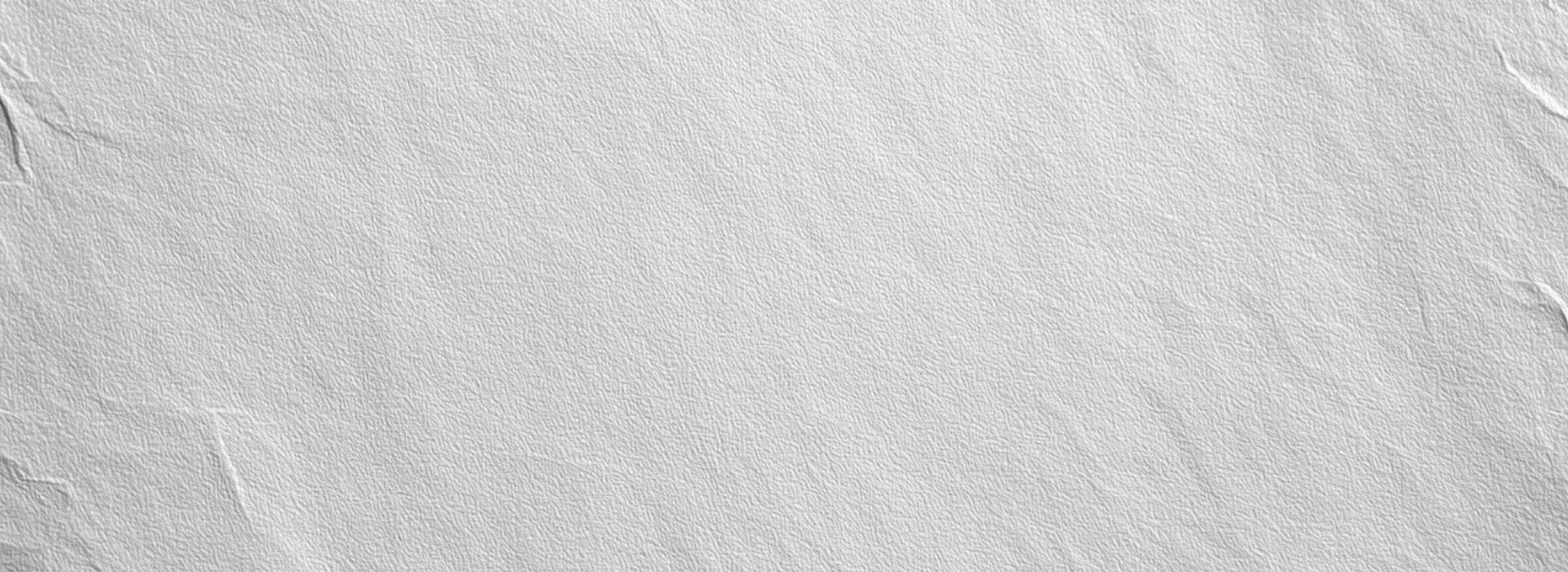
DAMAGE CAUSED BY WRONG SUN FILTERS
Prof. Luca Valgimigli, BeC Scientific Director
Many solar filters, in absorbing radiation solar, they are also solar damaged. There poor photostability of such sunscreens has important consequences on effectiveness and the safety of the solar formulations that contain them.
We have seen how this causes a decrease in the protection factor in time. They are there though other interactions of the sunscreens with the sun they have even more serious consequences for our health.
Solar radiation and the role of sun filters
There solar radiation contains enough energy to damage some molecules ( M ), including those of our skin, as exemplified by the equation:
M + light → fragment- A + fragment- B
The fragments referred to as TO And B of the example above are often free radicals, which can then attach to other molecules, damaging or modifying them.
To give a concrete example, if this reaction occurs on our skin, we can damage supporting proteins , such as collagen and elastin and contribute to the formation of wrinkles et al photoaging . Or, they can be generated chain reactions which lead to erythema , to others inflammatory states or even a genetic mutations like skin cancer.
The products containing sun filters they should protect the skin from all this damage and, normally, they do decreasing the amount of UV light that hits our skin , i.e. acting as "filters".
ATTENTION! Not all sunscreens are friendly to our skin and some can cause more damage than they are supposed to avoid.
Let's take the previous example again. For the reaction of M of the molecule with light to occur, it is necessary for the molecule M to be able, first of all, to absorb light at the quantum level, that is, that the energy of the photons of light that hit it determines exactly a quantum leap in its energy levels. Often this is not possible and the molecule M would be perfectly “safe”, if it were not for the presence of other aforementioned substances photosensitizers.
Benzophenone is the family of main benzophenone derivatives used as sun filters in cosmetic products and in the protection of manufactured goods.
One of the most important photosensitizers is benzophenone. A photosensitizer (F) absorbs the energy of light "in place of the molecule M" and becomes excited, that is, it passes to a higher quantum level of energy (F*), then it encounters the molecule M and "impacting it" gives it the energy which he absorbed. In this way, the light energy passes to the M molecule via the photosensitizer, and the result is the same as if the M molecule had been able to absorb the light directly.
F + light → F* then … F* + M → F + fragment-A + fragment-B This process is well known in photochemistry and benzophenone is one of the main photosensitizers used in industrial processes to induce photochemical reactions. However, benzophenone is also the progenitor of numerous and, unfortunately, very common sun filters used in cosmetic products as protection factors. The most important examples are illustrated in the figure.
Sunscreens such as benzophenone-3 or benzophenone-4 have a similar structure to benzophenone and are powerful photosensitizers. If the molecule M it is a bio-molecule of ours skin , like the collagen, elastin, an enzyme or DNA, this may be damaged by exposure to the light in the presence of photosensitisers, such as benzophenone derivatives, much more than they would be in its absence. In other words, certain sun filters can amplify the damage to our skin products from the sun or create new ones.
For these reasons BeC does not use benzophenone derivatives in its sun products!
BeC uses only physical filters in products a low protection it's a combination of physical filters and new generation chemical filters highly photostable in products a greater protection. Here is more information on BeC solar products.
There are numerous "benzophenones", typically 12 different types are used, indicated with their respective numbers, but the most common in cosmetic products and skin care are listed below:
- Benzophenone-1 : 2,4-Dihydroxybenzophenone
- Benzophenone-2 : 2,2′,4,4′-Tetrahydroxybenzophenone
- Benzophenone-3 (or oxybenzone): 2-Hydroxy-4-methoxybenzophenone
- Benzophenone-4 (or sulisbenzone): 2-Hydroxy-4-methoxy-benzophenone-5-sulphonic acid
- Benzophenone-5 (the sodium salt of sulisbenzone): Benzenesulfonic acid, 5-benzoyl-4-hydroxy-2-methoxy-, monosodium salt
- Benzophenone-8 (or dioxybenzone): 2-Hydroxy-4-methoxyphenyl)-(2-hydroxyphenyl)methanone
- Benzophenone-10 (or mexenone): 2-hydroxy-4-methoxy-4′-methyl-benzophenone Benzophenone-11 : is a mixture of benzophenone 2 and 6






Leave a comment
This site is protected by hCaptcha and the hCaptcha Privacy Policy and Terms of Service apply.